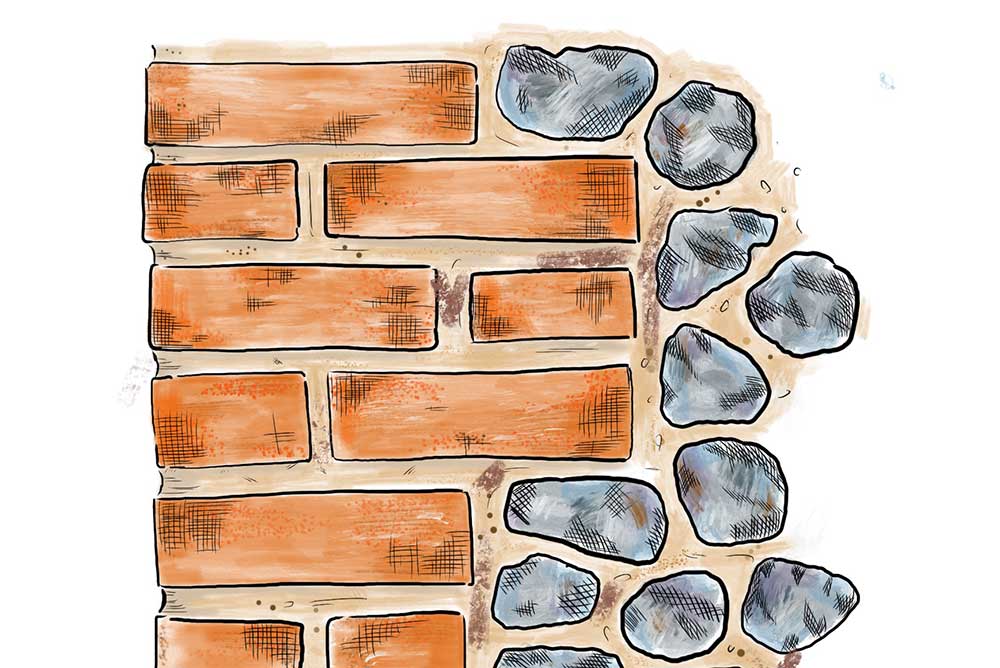Materials and their detailing can have a significant influence on people's perceptions of the quality of a place. Materials should complement surrounding development in order to conserve or enhance the distinctive character of North Norfolk. The choice and treatment of materials will affect a whole range of issues including:
- How many non-renewable resources are used in manufacture, transport and construction;
- How easy buildings or structures will be to erect, reuse and recycle;
- How they will insulate the building;
- How long they will last;
- How they will weather;
- How easy they will be to repair and restore;
- How the building will relate to context and its surroundings;
- How much glare it will reflect;
The texture, colour and pattern of materials can all influence a developments impact on people who see it and use it, at the scale of individual buildings and the wider townscape. Thehuge variety, descriptions and names of products now available can make material choice extremely challenging. It can also be difficult to visualise end finishes and combinations. It is therefore always beneficial to request samples of materials to compare on site.
Always check the lifespan and maintenance requirements of a product. For areas within the public domain which might be difficult to regularly maintained or areas most exposed to the prevailing weather use robust materials which will weather well. Remember to consider how materials will relate to the style and design intention of the development. Whether it be contemporary or a vernacular design, do the materials offer local distinctiveness or relationship to setting. This section has been split into three elements which including Walls, Roofs, Cladding and Hard surfacing.
The tables included in the following sections show the suitability of the most common materials in a variety of contexts. Rather than providing hard and fast rules, it is intended only to illustrate general principles about material choice. Although the table generally favours the use of flint, there will be specific locations where its use will not be appropriate; i.e. in some urban areas and inland villages. Moreover, the use of flint should not be regarded as a means of injecting local character into an otherwise unsuitable design. It must be used prudently in accordance with local circumstances and good design practice.
